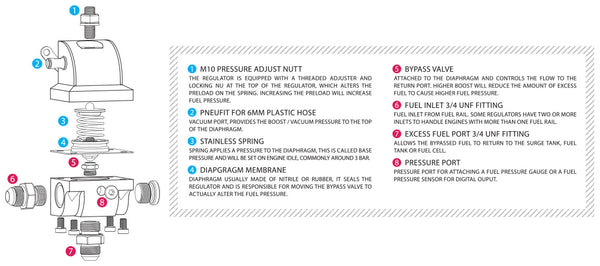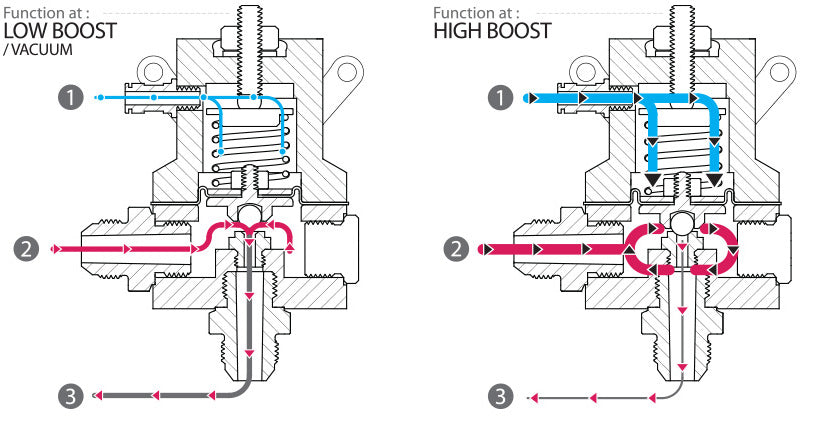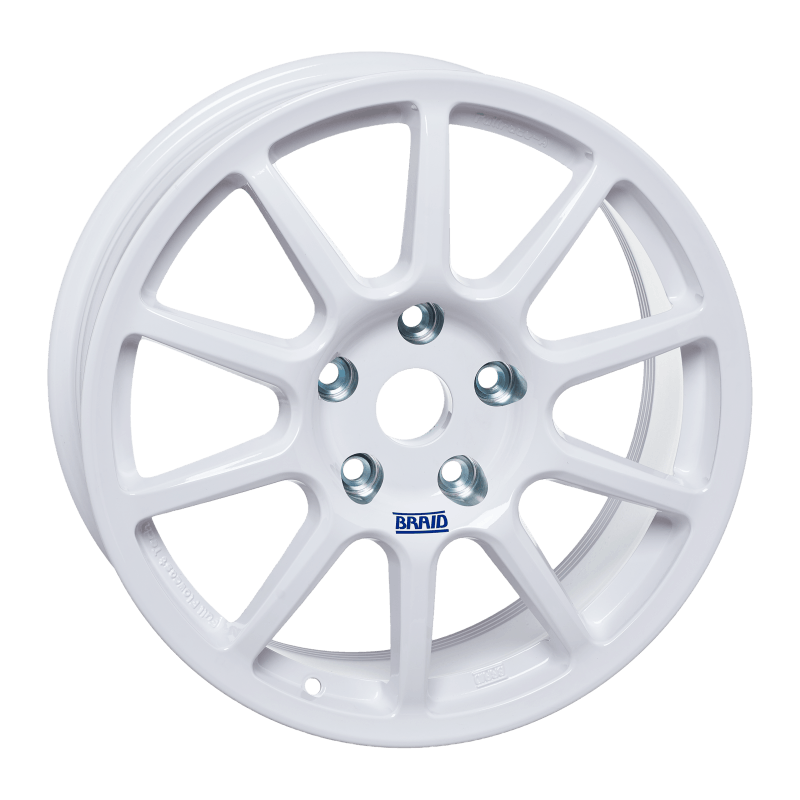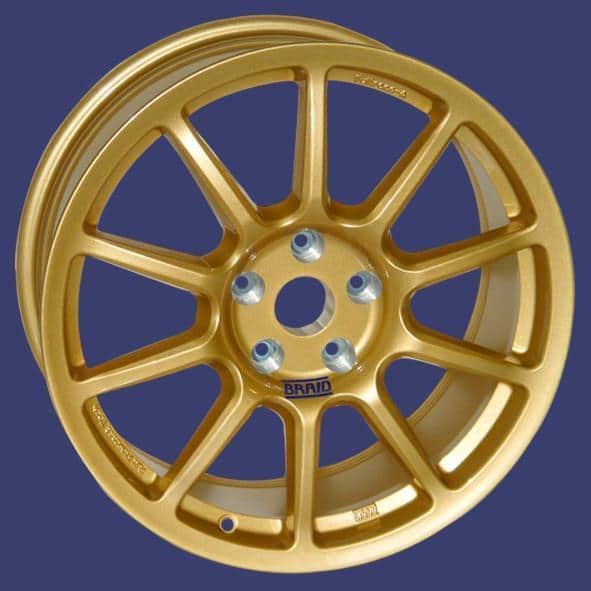Hey guys,
I finally got around to learning more about fuel pressure regulators, I guess better late than never, right? The guys from Nuke Performance over in Sweden created an awesome article and video with all the good stuff. (FYI Nuke performance is now available here)
The first thing I learned is that an FPR should be at the top of our list when it comes to the EFI system (so many acronyms, electronic fuel injection). Without it, the fuel rail won’t be able to build up enough fuel pressure to support the injectors.

Or, if you block off the pass-through to the fuel tank entirely, the fuel pump ends up pushing way too much fuel into the injectors, which can lead to their failure.
For a smooth fuel and air mix, you need the right fuel pressure at all times, no matter the power output. That's where the fuel pressure regulator steps in, adjusting the fuel supply to meet the demand.

Okay, let's break it down. So, a fuel pressure regulator is like the traffic police of your fuel system. Its job? Keeping the fuel flowing smoothly, no matter if your engine is cruising or revving.
Now, this regulator has a diaphragm with two sides. One side feels the pressure from the fuel rail, while the other side deals with the vacuum or boost pressure from the intake tract—right between the throttle plate and the inlet port. The goal? Getting that perfect 1:1 ratio locked in.
Basically, the regulator plays tug-of-war between fuel pressure and air pressure or boost. By doing this, it ensures your fuel injector gets just the right mix of fuel and boost for optimal performance.
In a nutshell that’s it, I have to go annoy Bill now.
Talk soon!
— E



